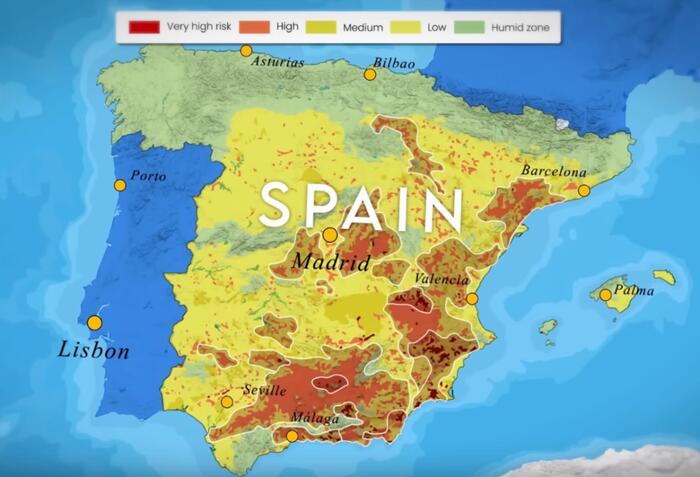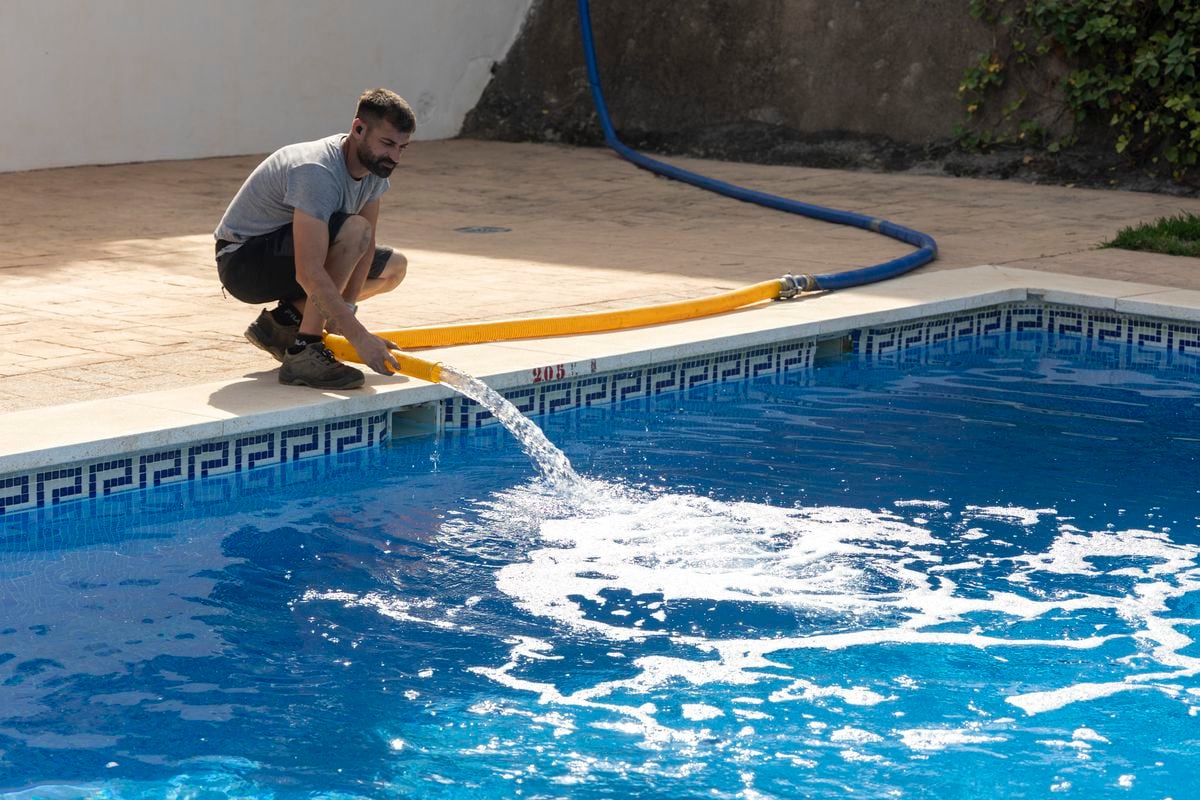The deterioration of Doñana worsens over the years despite the fact that recent rains have alleviated the persistent drought and given its wetlands a breather this winter, a mirage in the opinion of biologists.
The main victims of this ecological downswing are breeding waterfowl, whose population is in sharp decline, since the lack of rain, intensive strawberry farming and tourism have undermined valuable wetlands in the last decade, their livelihood. natural.
The evolution of fifty of these birds in the emblematic reserve between 2004 and last year shows a general setback.
Only two of the 24 species analyzed by researchers from the Doñana Biological Station, belonging to the CSIC, show a positive trend.
The rest decline, according to an analysis by conservation organization SEO Bird Life.
“We note the serious decline and a very regressive trend since 2019 in the biodiversity of aquatic ecosystems.
The reasons are several: the overexploitation of bodies of water due to intensive agriculture, the poor state of the water and poor purification, agrochemicals and global warming", has censured Carlos Dávila, head of the technical office of this NGO in Doñana, this Thursday, UN World Wetlands Day.
85% of these reserves in Spain are in poor condition, according to SEO Bird Life.
Until a decade ago, the chicks of flamingos, teals, pochards or marsh harriers were born and grew in the sweet lagoons of Doñana, but each time they do so in a more residual way.
“The temperature record in 2022 is not the future, it is the present, and the rain trend is increasingly scarce.
Urgent measures are needed to reverse the current unsustainable consumption of water, in addition to other threats such as wild boar predation, mismanagement of extensive livestock farming, and illegal hunting," adds the expert.
Aerial view of the Santa Olalla lagoon, a month and a half ago.
ICTS/ Doñana Picasa Biological Station
The Ministry for the Ecological Transition presented last November a shock plan of 356 million to buy agricultural farms and channeling works that recover the aquifer and the marshes, while the Board advanced that it would also present a package of measures, but it has not yet moved tab.
Biologists who have followed the birds on the ground highlight how the Common Tern and the Brown Duck have not bred since 2018 and are considered extinct breeders, the Marbled Teal is critically endangered and only 13 breeding pairs remain in the park.
Meanwhile, the future of the western marsh harrier is bleak: in 2005 36 pairs were counted, in 2021 three and in 2022 none.
The only exceptions are the Greater Flamingo, whose population has an interannual growth of 14%, although it has not had breeding attempts since 2019, and the White-headed Duck, with an increase of 12%, but which did not reproduce in 2021 either, the worst year of the last 15 years.
Workers in the strawberry plantations in Lucena del Puerto (Huelva), in 2022. PACO PUENTES
In 2022, the bird census was 80,880 individuals, the second worst figure in the entire historical series and far removed from the boom years in the reserve in the early 1990s, with more than 600,000 birds wintering in Doñana.
“The decline of the marbled teal is very remarkable because, indeed, it was the most abundant duck in the Doñana marsh, which was an ideal habitat for this species, being a swimming duck adapted to the temporary and dynamic wetlands of the Mediterranean.
Today, the marsh dries up too soon for this species, which nests in summer”, points out Andy Green, professor of the wetland ecology group at the Doñana Biological Station.
The expert adds: "The marsh has become a green filter that purifies wastewater from populations and fertilizers from agriculture, and this has a great impact on nesting birds."
Doñana suffered in the hydrological year 2021-2022 one of its worst periods since the 1970s, with only 282 liters per square meter of rain, the worst year in the last decade.
The average annual temperature was the highest recorded, with 18.5 degrees, and the peak ever measured was also recorded, with 46.3 degrees.
These extremes caused the Santa Olalla lagoon to dry up completely, something that has only happened before in 1995 and 1983.
You can follow CLIMATE AND ENVIRONMENT on
and
, or sign up here to receive
our weekly newsletter















